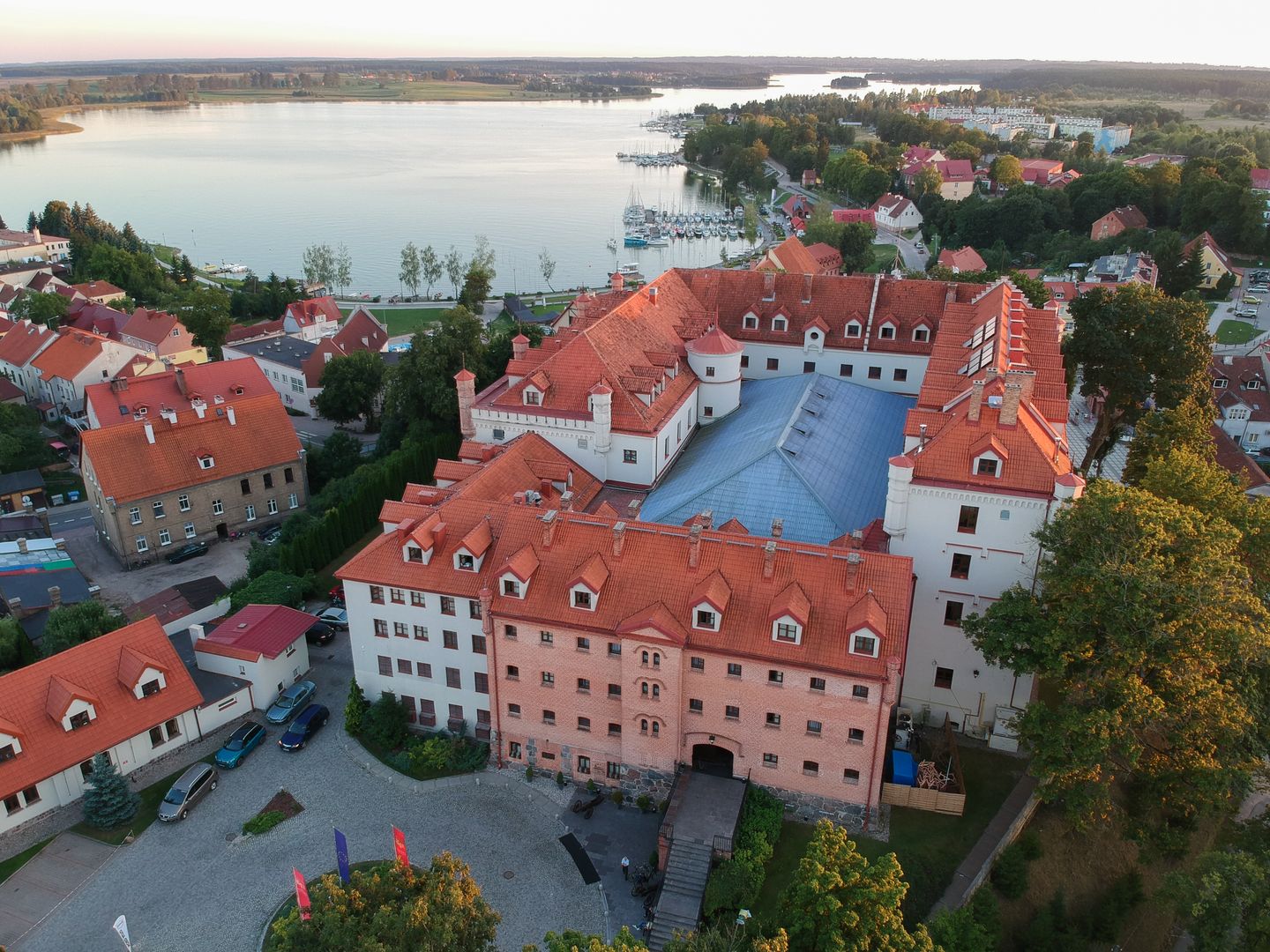Ryn Castle
7.07

Overview
Ryn Castle, built in the 14th century on the initiative of the Grand Master of the Teutonic Order, Winrich von Kniprode, was intended to serve as a convent and a strategic base for attacks on Lithuania. Initially, plans called for the construction of rectangular walls measuring 44 by 52 meters, but the work was interrupted after the completion of one wing. Resumed in 1393 by Grand Master Konrad von Wallenrode, the castle became the seat of the commandery. After the defeat at Grunwald in 1410, construction was scaled back, and from 1394 to 1422, the castle served as the residence of Teutonic commanders and later of Teutonic bailiffs. In 1455, during the Thirteen Years' War, its capture by peasants ended in a bloody battle, after which the castle passed into the hands of Georg von Schlieben. From 1525, the castle was owned by the starosts of the Duke of Prussia, and in 1657, it was burned by the Tatars during the Swedish Deluge. In the 19th century, the castle became private property and, after being converted into a prison, burned down in 1881. After 1945, it served cultural functions, and after 1990, it passed into private hands and was adapted into a four-star hotel. From an architectural perspective, the castle has retained one Gothic wing from the Middle Ages, while the remaining elements were built in the modern era, including the 19th-century prison wing. Today, the castle operates as the ZAMEK RYN**** Hotel, offering hotel and restaurant services, as well as additional attractions such as a swimming pool, saunas, and a bowling alley. Interestingly, the figure of Konrad von Wallenrode, the castle's commander in the late 14th century, inspired Adam Mickiewicz to write the poem "Konrad Wallenrod" during his exile in Russia before 1828. Thus, Ryn Castle is a place rich in history and architecture, combining cultural and tourist elements, attracting visitors with its history and unique style.
Location
2025 Wizytor | All Rights Reserved